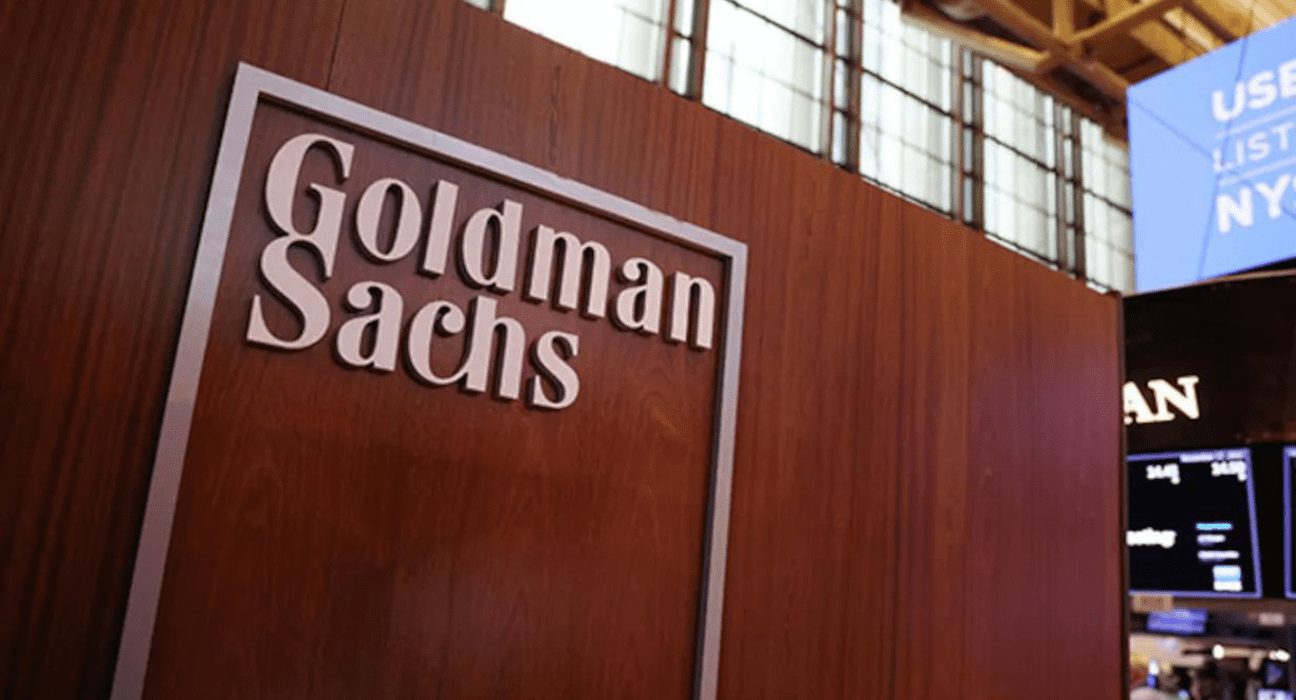The upcoming Thursday CPI report is the pivotal event of the week, the last one before the Federal Open Market Committee convenes on the first of February. Predictions suggest that the data will show a decrease of 6.5% year-on-year from the prior 7.1%, still retreating from the peak of 9% registered in the alarming June report.
The month-to-month trend is also critical, with it anticipated to be unchanged in December.
It is predicted that the core side of the market won’t be as cheerful with a 0.3% month-over-month increase in prices, despite the fact that the real estate effects may be taken away. The year-over-year core is predicted to be 5.7%, a decline from 6.0% in November.
The economists employed by Goldman Sachs have placed their estimates slightly lower than expected for the core, which is 5.63% year-over-year and 0.25% month-over-month, and also slightly lower on the headline at 0.06% month-over-month and 6.43% year-over-year.
This month, three major trends have been identified at the component level. We anticipate car prices, both new and used, to go down (-0.5% and -1.6% respectively) due to the increase in dealer incentives and decreasing costs at used car auctions. Additionally, oil costs dropping will result in a two percent decrease in CPI airfares for December. Lastly, the rate of rent and OER inflation is decreasing in this report, with rent retreating for fresh tenants and continuous tenants’ renting rates gradually matching the current market rates – as stated by Goldman.
At a later point, it is anticipated that the core inflation rate in December 2023 will be 3.0%, and by December 2024 will have fallen to 2.6%.
ANZ Bank has predicted the most optimistic figure for the report to be 6.8%, whereas CIBC has given the lowest estimate of 6.3%.CIBC has not been forthcoming on why the inflation rate it’s estimating is lower than expected. Although, it has
“There was more relief in the form of lower gasoline prices for
households in December, which will be behind the expected
0.1% monthly decline in total prices. That retrenchment will
have been limited by pressure in food prices and an expected
0.2% advance in the core group (excluding food and energy),
with the latter likely showing strength in core services tied to
the tight labor market, against an easing in core goods prices
on weaker demand and the improvement in supply chains and
inventories.
An easing in monthly hotel prices was behind the deceleration
in shelter costs in December, but rent and owners’ equivalent
rent reaccelerated and are likely to show continued, strong
pressure in December, before peaking in early 2023 in terms of
monthly increases. Outside of shelter, other core services are
the main areas of concern for the Fed, given ties to the tightness
in the labor market, and still strong demand for services. A
measurement quirk has been behind the downward pressure on
core prices from medical care lately, with airfares also adding
to the downside; both areas that aren’t indicative of underlying
demand, and therefore did little to assuage the Fed’s concern.”
The US dollar is likely to be weakened, and risk assets will be boosted, by a less-than-stellar report; however, it has been suggested by some that the recent dollar weakening and rise in equities is due to the market anticipating a strong report.
For Thursday’s CPI report, JPMorgan has a strategy in place.










